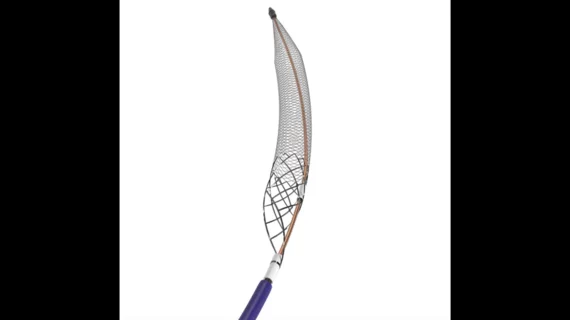FDA announces recall of Inari Medical catheter after 6 deaths, 4 injuries
The U.S. Food and Drug Administration (FDA) has announced that Inari Medical is recalling its ClotTriever XL catheter for large blood vessels.
The news comes after the FDA received several reports of “serious adverse events” due to the device becoming entrapped or blocking arteries in the patient’s lungs. Six deaths and four other patient injuries have been associated with the issue so far.
The ClotTriever XL catheter, like Inari Medical’s other ClotTriever devices, was designed to treat deep vein thrombosis. Marketed as “a large device for the largest vein,” it was built specifically to target issues found in the vena cava.
Customers told to follow updated instructions
This is a Class I recall, which means the FDA believes using the device could lead to serious injuries or death. However, unlike many product recalls announced by the FDA, this does not require customers to return the devices or discontinue use. Instead, Inari Medical has published updated instructions for use (IFU) that include additional warnings.
For example, the new IFU tell users to avoid pulling the ClotTriever XL “caudal to cranial” through upper extremity access or jugular vein access. In addition, users should ensure the device is “slowly retracted distally away from the heart” while still tracking sheath position and visualization under fluoroscopy.
“Operation of a thrombectomy catheter may cause embolization of some thrombus and/or thrombotic particulate, physician discretion advised,” according to another new warning. “The potential for extensive and/or difficult to treat pulmonary thromboembolism should be carefully considered when ClotTriever XL catheter is used to engage and remove thrombus from large vessels such as the inferior vena cava.”
Other new recommendations from the California-based manufacturer include:
- To minimize risk of embolization of blood clots, use of a device that entraps clots is recommended.
- In the presence of excessive clot volume, it is recommended to sequentially remove portions of thrombus. Avoid removal of the entire clot in one pass.
- Not indicated for the removal of predominantly fibrous, firmly adherent, or calcified material. Review of patient history and pre-procedure imaging may aid in identifying patients with these lesion types.
- Contraindicated in patients with suspected tumor thrombus.
Inari Medical also announced that all training materials related to this device will be updated to include these updated warnings and recommendations.
FDA shares additional recommendations
The FDA noted that, based on its review of the reported adverse events, this device should be considered “contraindicated for the removal of fibrous, firmly adherent or calcified material.” The agency also wrote that clot capture devices have not yet been found to be effective when treating a patient's venous vasculature.
Click here and here for additional information on this Class I recall.

